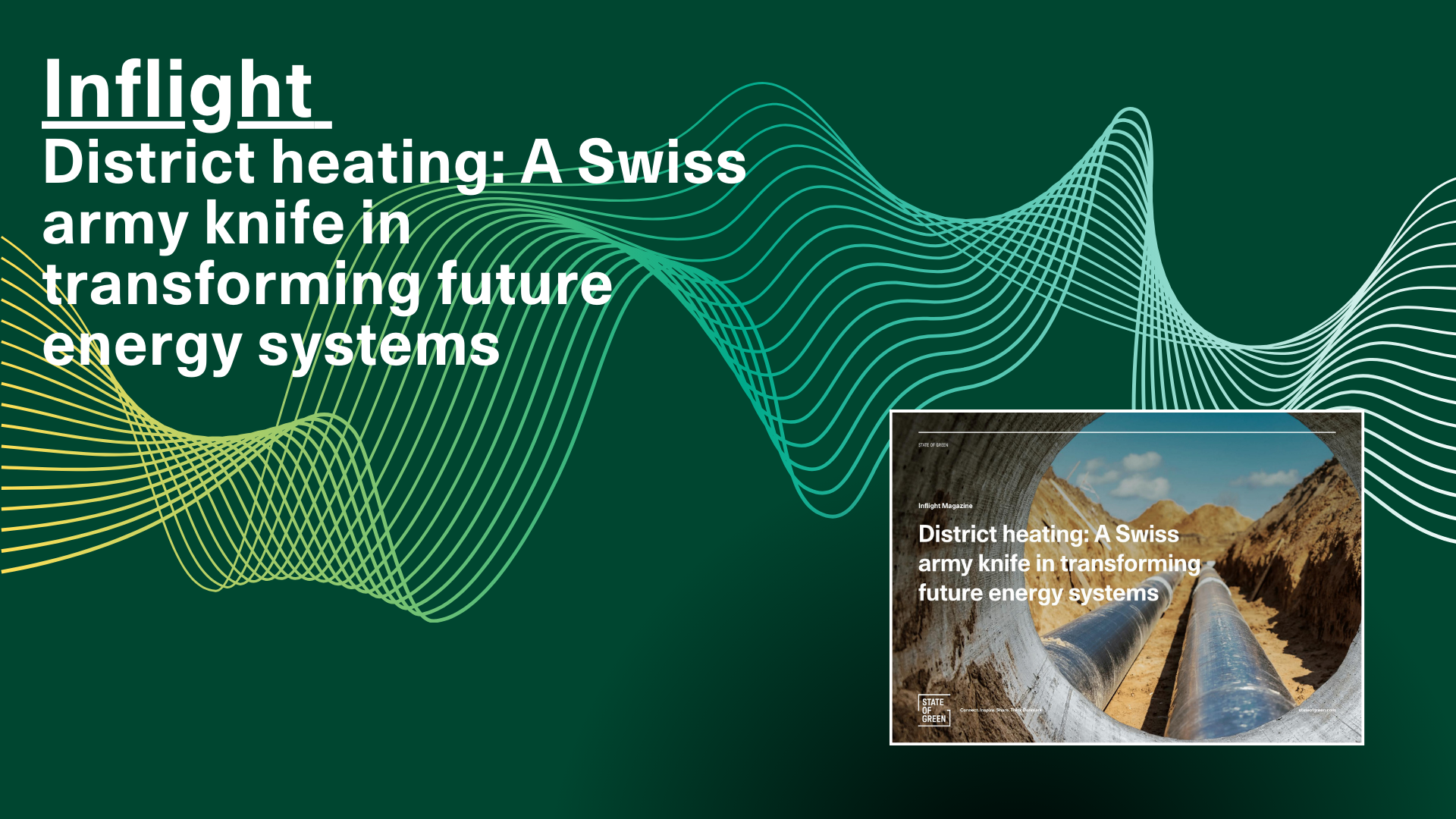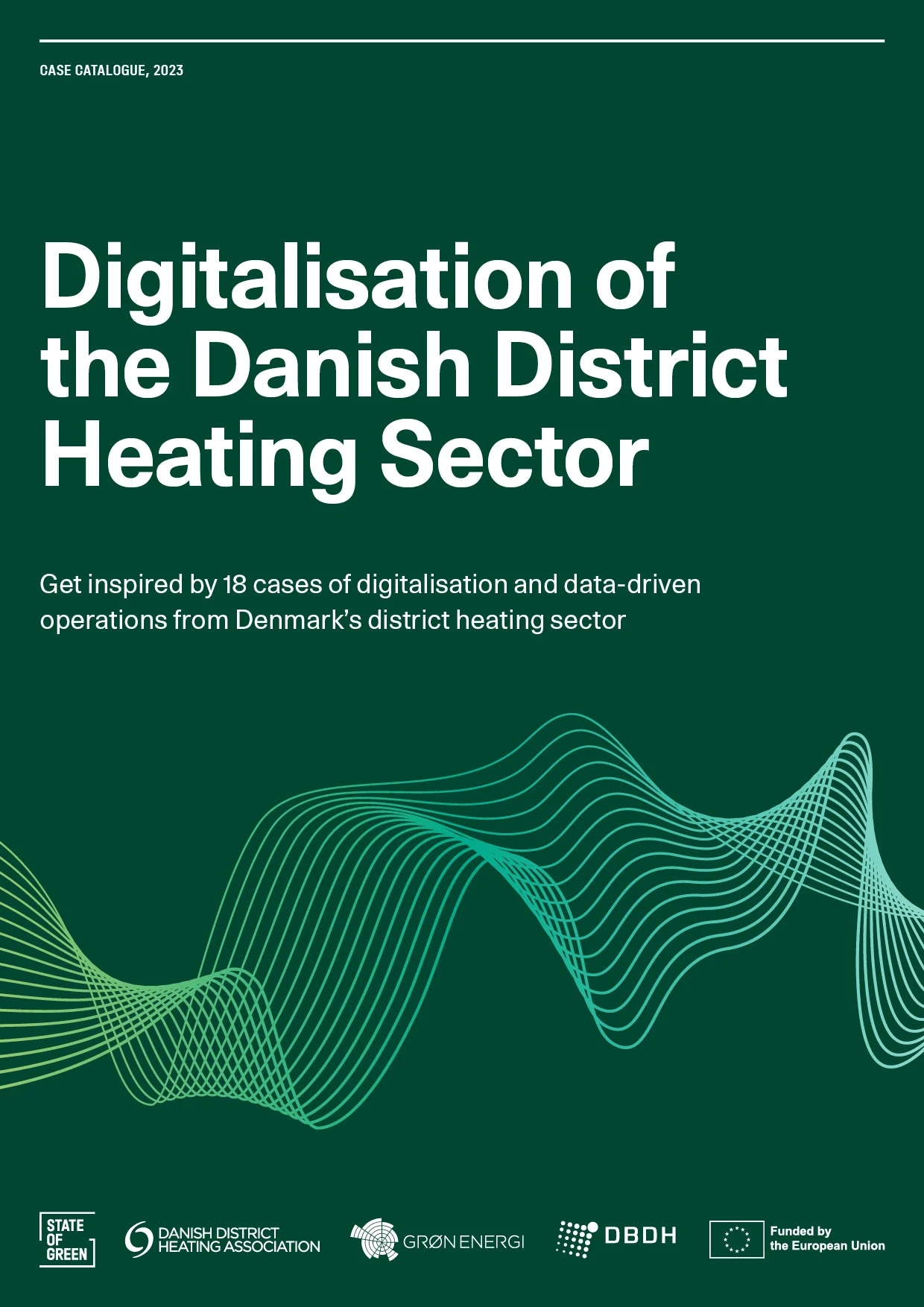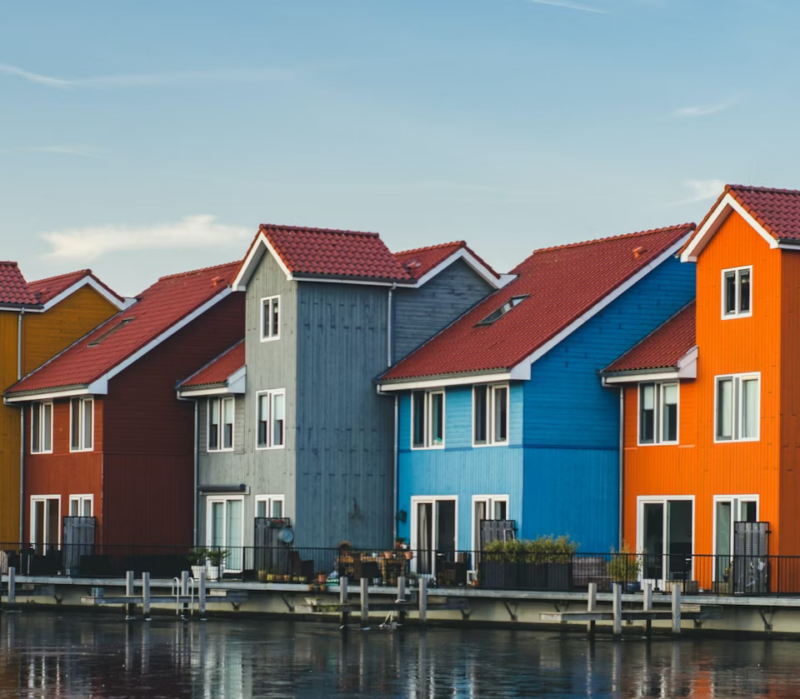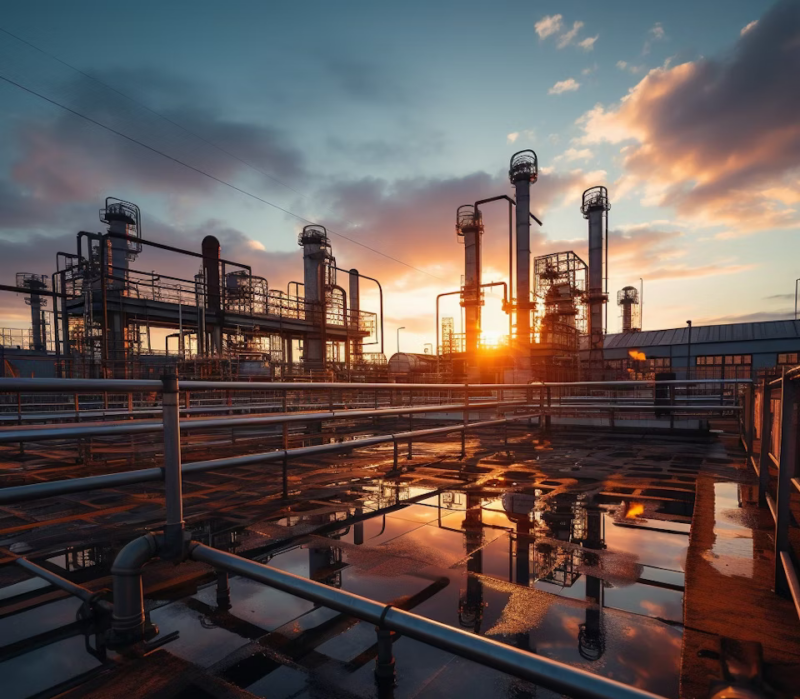Inflight
Explore how Denmark’s district heating system are used as a key tool in transforming the future energy system, paving the way towards reaching ambitious climate goals.
VISIT SITE
The potential for digitalisation in district heating and energy efficiency is considerable and largely untapped. This page gathers key insights and solutions, highlighting the decisive role that digitalisation can play in advancing the green transition within district heating and energy efficiency.

Explore how Denmark’s district heating system are used as a key tool in transforming the future energy system, paving the way towards reaching ambitious climate goals.
VISIT SITE
Digitalisation plays an integral part in the Danish district heating sector, optimising invoicing, operations, and administration for better customer service. Get inspired by 18 cases of digitalisation and data-driven operations from Denmark’s district heating sector.
READ THE CASE CATALOGUEDigitalisation has a major role to play in supporting the transition to clean energy. Heating our buildings and homes accounts for almost a quarter of global final energy consumption, and one fifth of all energy related GHG emissions. At the same time, the exponential usage of electronic appliances will add significantly to residential and service sector electricity consumption.
Digitalisation has the key to unlock improved efficiencies across the entire energy supply chain, from planning, production to demand management, and is a critical enabler for emerging trends such as sector integration, smart demand response, decentralization and distributed energy.
Indeed, digital solutions could cut total energy use in residential and commercial buildings by 10% by 2040, according to the International Energy Agency. At the same time, the rollout of digital technologies could provide a significant contribution to heat supply, through recovery of waste heat from data centers. Allborg university estimates that surplus heat from data centers could realistically cover 8% of the heat demand in Denmark by 2045.
Through the use of smart thermostats, real-time weather forecasting, smart lighting connected to heating and cooling management, occupancy sensors, artificial intelligence, digital twins, energy management systems and many other digital technologies, we can get the most out of the resources we have available and even invent new ways to create value for the benefit of our economies, populations and planet.
The “twin transition”, in which the digital & the clean energy transition meet, contains a huge and largely untapped opportunity for technology and data to drive sustainability goals. Instead of advancing the two transitions in isolation, combining them offers a win-win-win opportunity: for the digital sector, the energy sector, and for societies at large. However, a number of barriers exist for an accelerated twin transition. Energy data needs to be governed and used with respect to those who own the data – residents of our societies. Digital systems can open energy assets up to vulnerability from adverse intent – hacking, malware, and ransomware.
Denmark is taking firm steps towards developing a leading position in relation to developing and utilising digital solutions in the energy sector. The Danish government as well as Danish companies acknowledge the pivotal relationship that digitalisation and clean energy has, and the potential it offers for the set climate ambitions.
The government has initiated the development of a comprehensive digitalisation strategy for the utility sector, in order to develop the framework conditions for the future, digitalised energy sector. This strategy brings together public, private and third sector actors supporting the energy system of the future.
Digitalisation in the energy sector is a Danish stronghold. Denmark develops smart thermostats, measurement technology, software for building management, and artificial intelligence to make the most of the energy we have available. In fact, Denmark has managed to keep household energy consumption consistently low due to a historic focus on energy efficiency measures.


solutions
Bioenergy
+13
Earthquakes in Groningen, dependency on natural gas, and an abundance of greenhouse gas emissions. These are just some of the negative side-effects of the current heating system. There is an urgent need to transform the current system into a sustainable heating system, and digitalisation plays a crucial role in that transition.
Last year, the Danish think tank ‘Green Energy Association’ and the Danish District Heating Association published an inspiration calatalogue aimed at district heating utilities that have not yet had the courage to start digitalising their district heating supply themselves. The catalogue presents 16 examples of digitalisation and data-driven operation in Danish district heating utilities. Explore the catalogue here (in Danish)
publications
Buildings
+6

partners
Buildings
+2